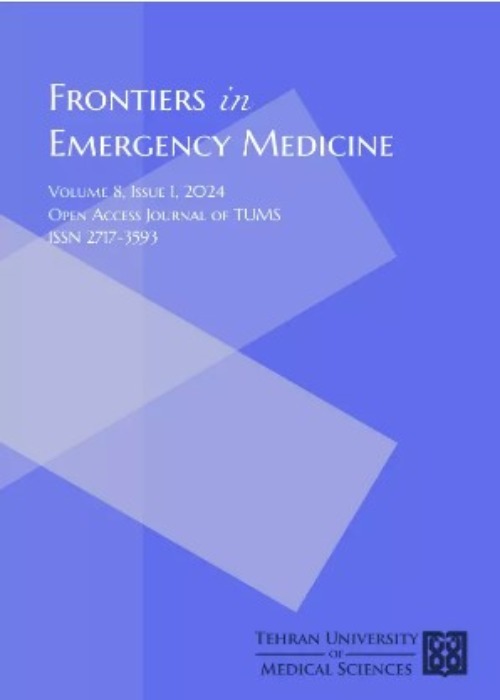Intranasal versus Intramuscular/Intravenous Naloxone for Pre-hospital Opioid Overdose: A Systematic Review and Meta-analysis
The present systematic review and meta-analysis aims to perform an extensive search in databases to compare theefficacy of the intranasal administration of naloxone with its intramuscular/intravenous administration in the pre-hospital management of opioid overdose.Evidence acquisition: This meta-analysis included controlled trials conducted on the efficacy ofnaloxone administration in the pre-hospital management of opioid overdose. A search was carried out in electronic databases on relevant articles published by the end of 2018. After data collection, analyses were performed in STATA 14.0 software and the efficacy and side-effects of the two administration routes of naloxone, i.e. intranasal and intramuscular/intravenous, were compared. An overall effect size with 95% confidence interval (95% CI) was provided for each section.
Eventually, data fromsix studies were included in this meta-analysis. The success rate of the intranasaland intramuscular/intravenous administration of naloxone in the management of opioid overdose in pre-hospital settings was 82.54% (95% CI: 57.97 to 97.89%)and 80.39% (95%CI: 57.38 to 96.04%), respectively. There was no difference between injectable (intramuscular/intravenous) naloxone and intranasal naloxone in the pre-hospital management of opioid overdose (Odds Ratio=1.01; 95% CI: 0.42 to 2.43; P=0.98). The onset of action of intranasal naloxone, however, was slightly longer than injectable naloxone (Standardized Mean Difference=0.63; 95% CI: 0.07 to 1.19; P=0.03). Additionally, the odds of needing a rescue dose was 2.17 times higher for intranasal naloxone than intramuscular/intravenous naloxone (OR=2.17; 95% CI: 1.53 to 3.09; P<0.0001). The prevalence of major side-effects was non-significant for both intranasal (0.00%) and intramuscular/intravenous (0.05%) routes of naloxone administration and there was no difference in the prevalence of major (OR=1.18; 95% CI: 0.38 to 3.69; P=0.777) and minor (OR=0.64; 95% CI: 0.17 to 2.34; P=0.497) side-effects between the two routes.
The present meta-analysis demonstrated that intranasal naloxone is as effective as injectable naloxone in the pre-hospital management of opioid overdose complications. Consequently, intranasal naloxone may be an appropriate alternative to injectable naloxone
- حق عضویت دریافتی صرف حمایت از نشریات عضو و نگهداری، تکمیل و توسعه مگیران میشود.
- پرداخت حق اشتراک و دانلود مقالات اجازه بازنشر آن در سایر رسانههای چاپی و دیجیتال را به کاربر نمیدهد.




